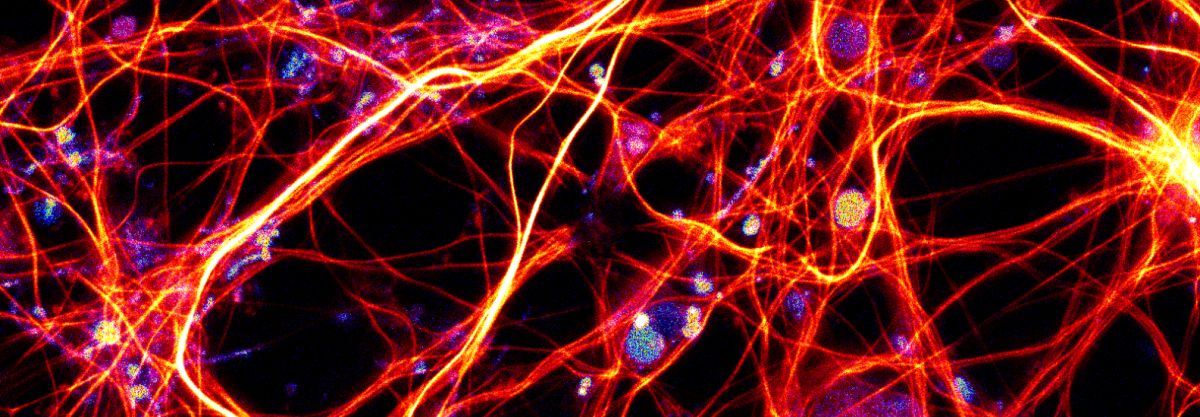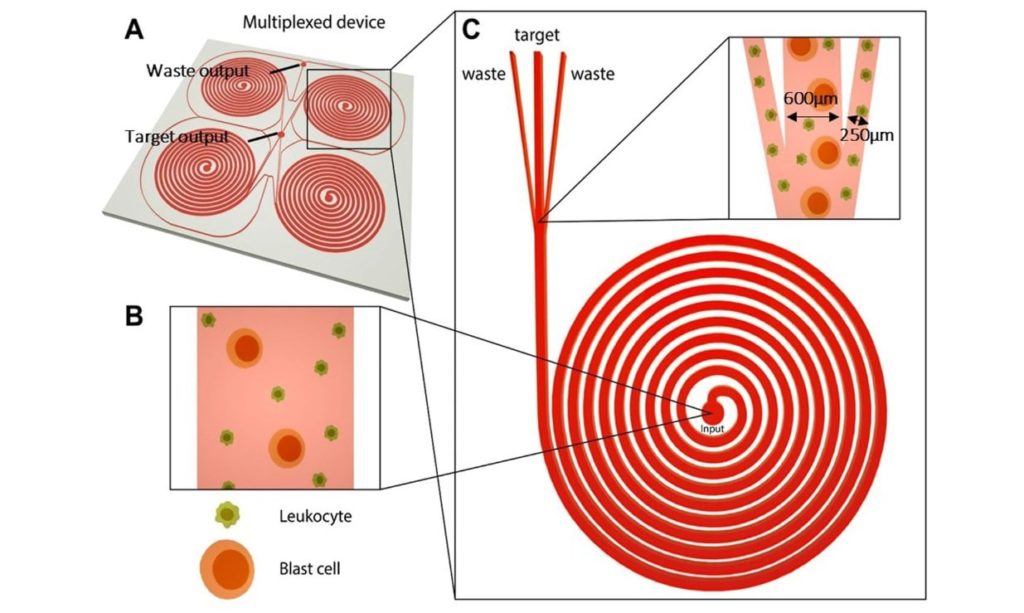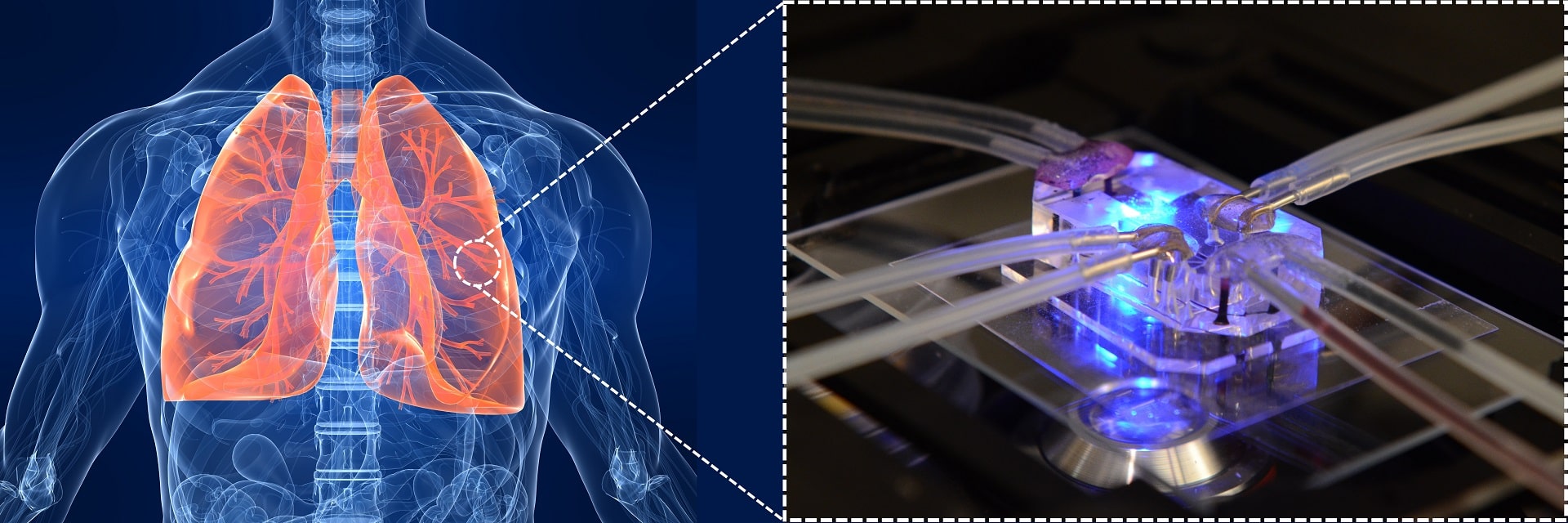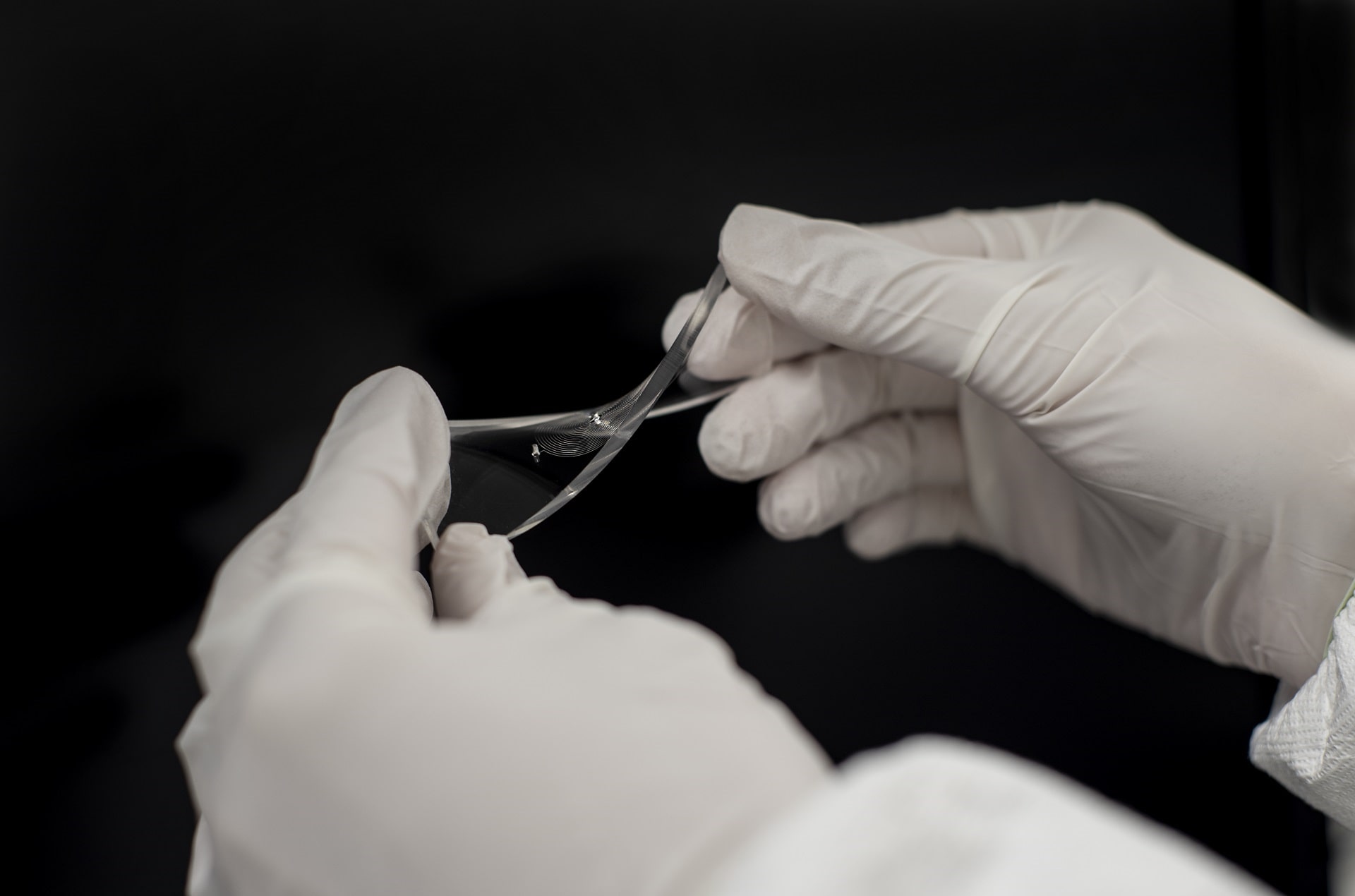
One of the greatest challenges of the 21st century encountered by the health care sector is neurodegenerative diseases such as Alzheimer’s, Parkinson’s and Huntington’s disease – so called protein misfolding…

One of the greatest challenges of the 21st century encountered by the health care sector is neurodegenerative diseases such as Alzheimer’s, Parkinson’s and Huntington’s disease – so called protein misfolding…

Minimizing harm to patients from inadequately-tested new pharmaceuticals — and the bankroll-boggling process of adequate testing — are grabbing pandemic headlines. “The pharmaceutical industry needs new ways of doing things”…

“Sorting”, “lift force”, “serpentine microchannel”, all these words reminds us of inertial microfluidic focusing. Its physical principles are relatively straightforward. If a suspension of microparticles enters a spiral microchannel, microparticles…

Microfluidics advances appear in sometimes surprising ways. One of the most intriguing is their emerging role in microbiome research. A new study shows how some bacteria in the microbiome, inside…

Developing a new drug has become a long and expensive process these days. Fewer drugs can get approved annually, and most of them fail in laboratories or preclinical phases. As…

Healthcare access around the world or lack thereof While healthcare access has increased globally in the last three decades1, at least half the world still lacks access to essential healthcare…

In a recent special communication edition of The Journal of the American Medical Association, sepsis was defined as a life-threatening organ dysfunction caused by a dysregulated host response to infection1….

Microfluidics’ potential role in creating accurate wearable technology is significant. For example, the density of metabolites in sweat — along with its ease of collection from skin pores — make…

A roundabout was recently constructed at an old 5-way intersection near my house. Pre-roundabout, it was a bit of a thrill. As a driver, I never really knew what to…

When it comes to microfluidics or microfabrication, almost everyone thinks of PDMS or Poly(dimethylsiloxane). Since George Whitesides in 1998, for the first time introduced the use of PDMS in microfluidics,…